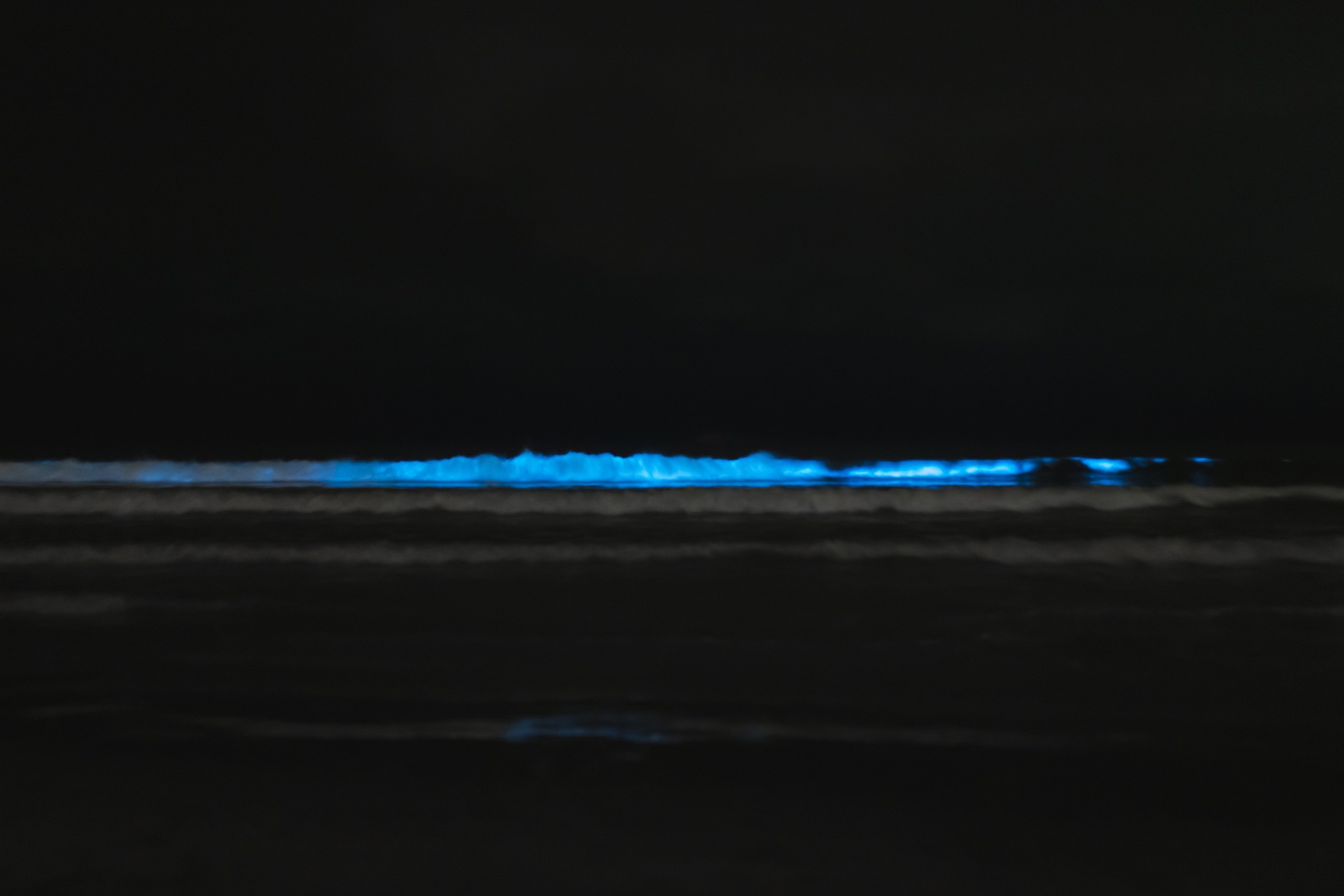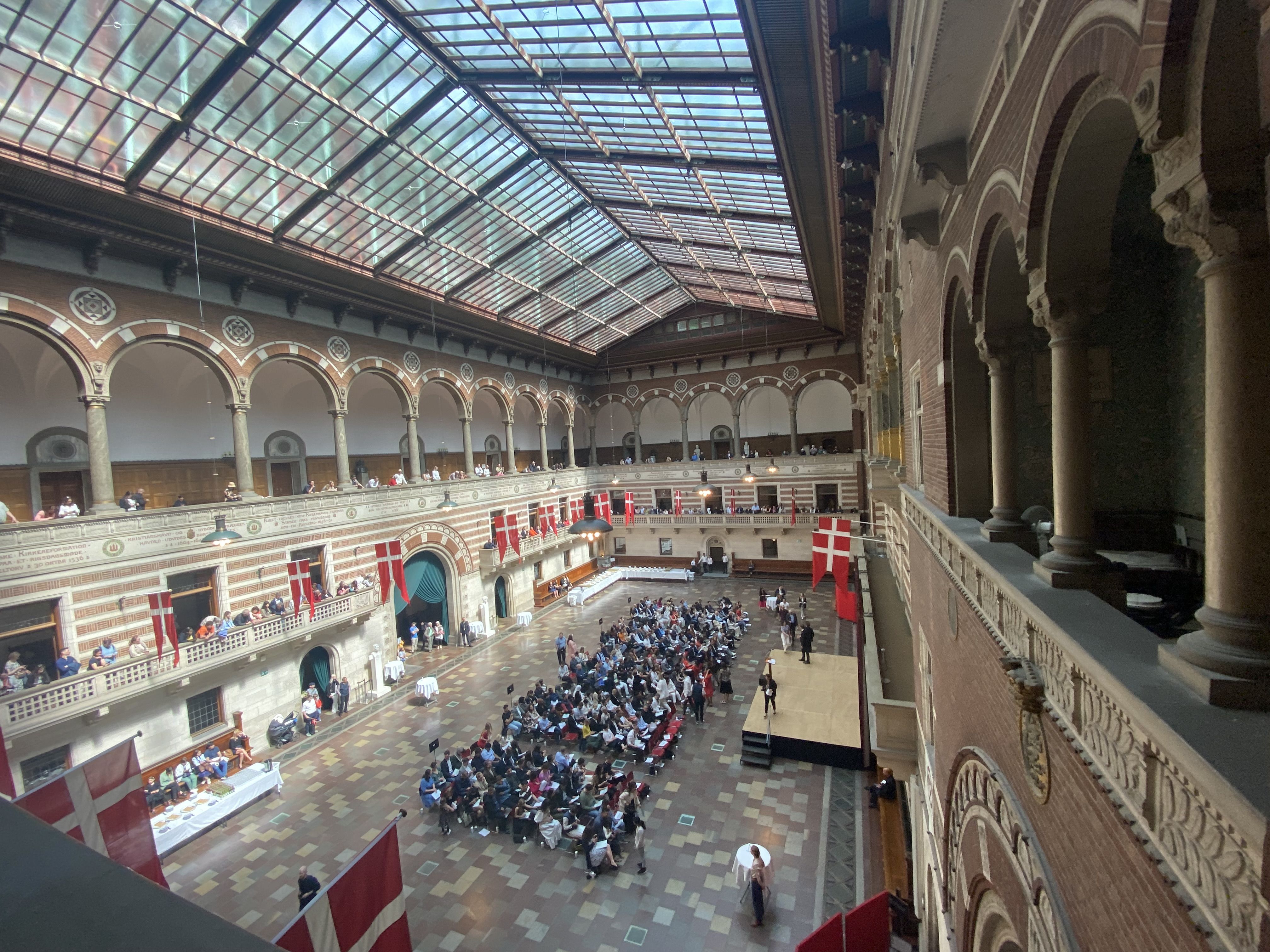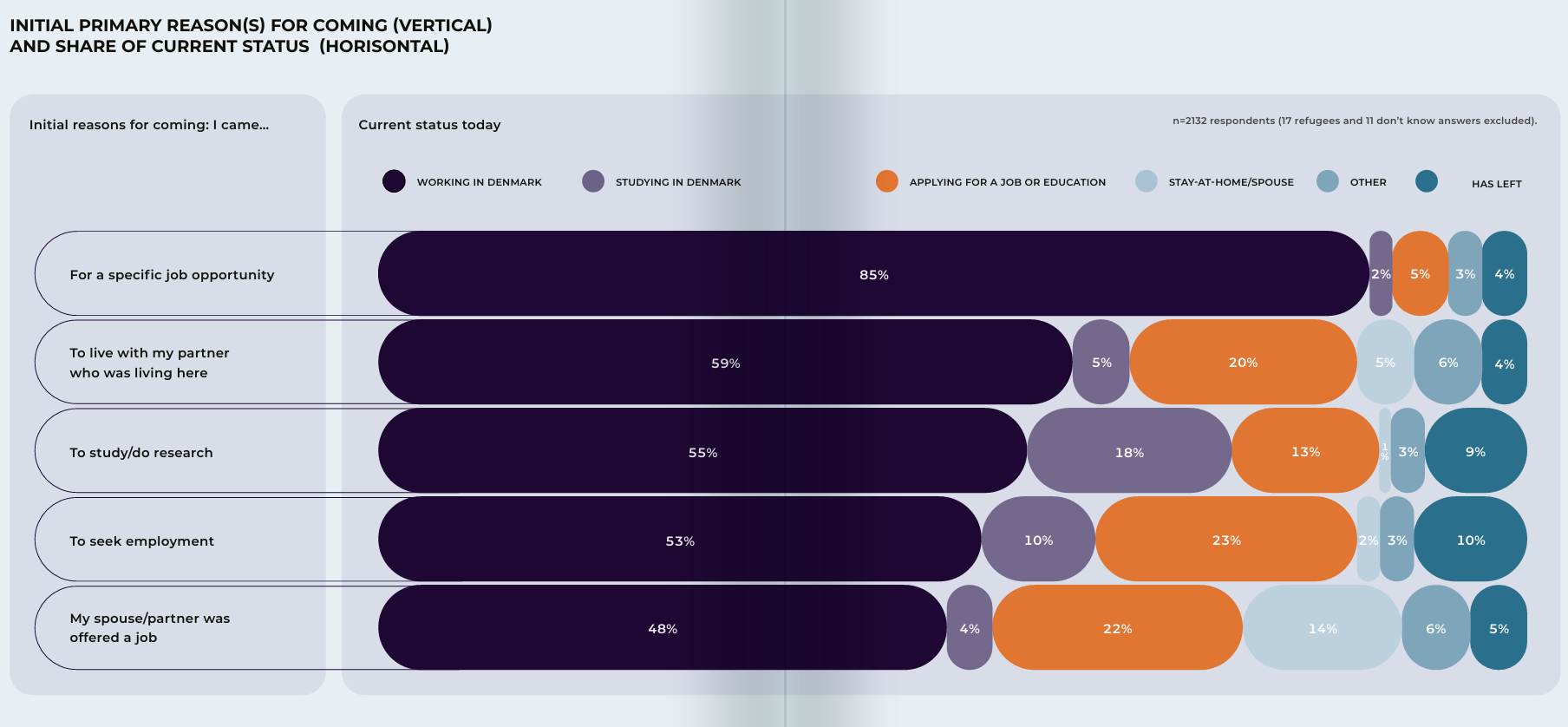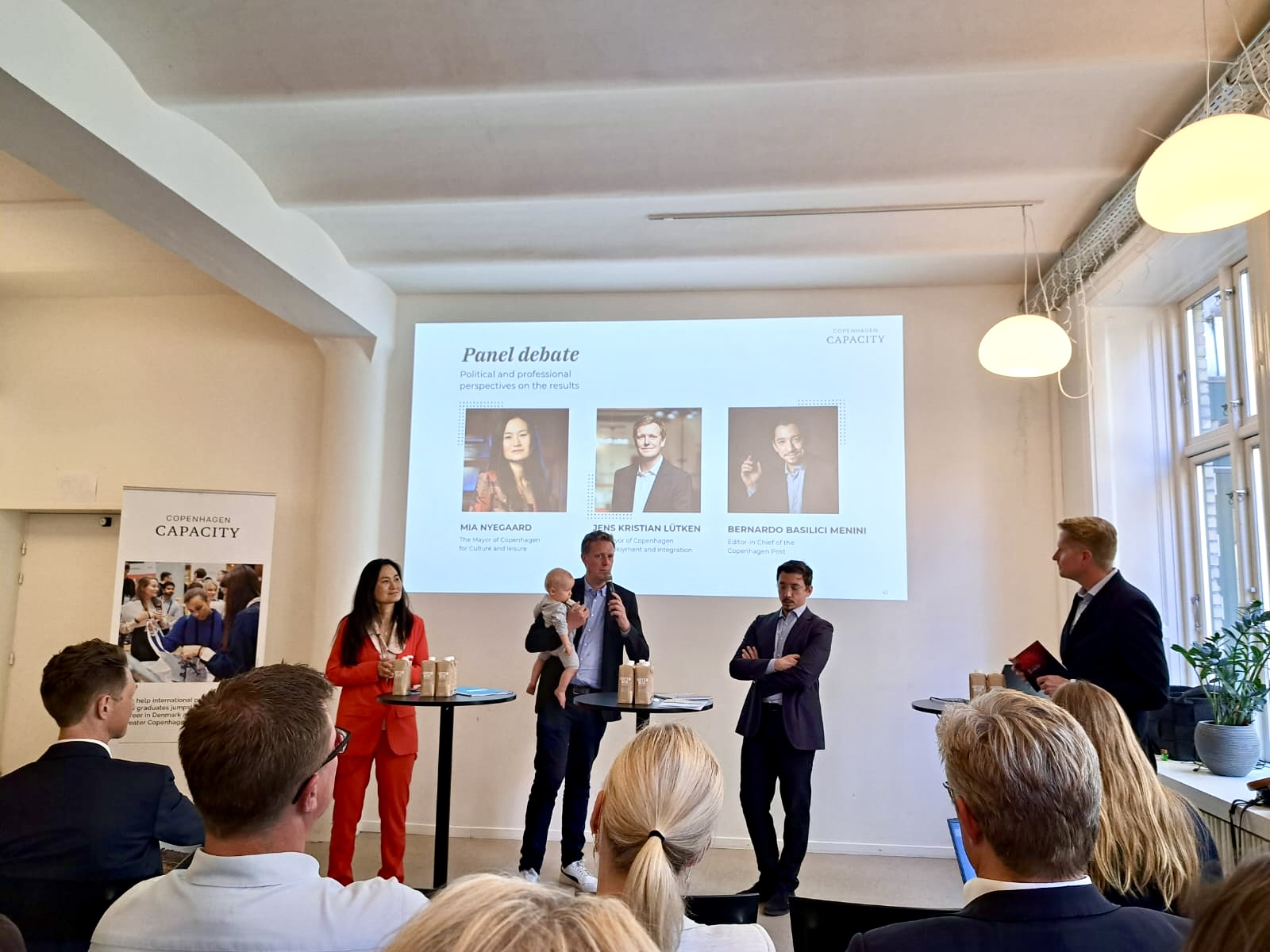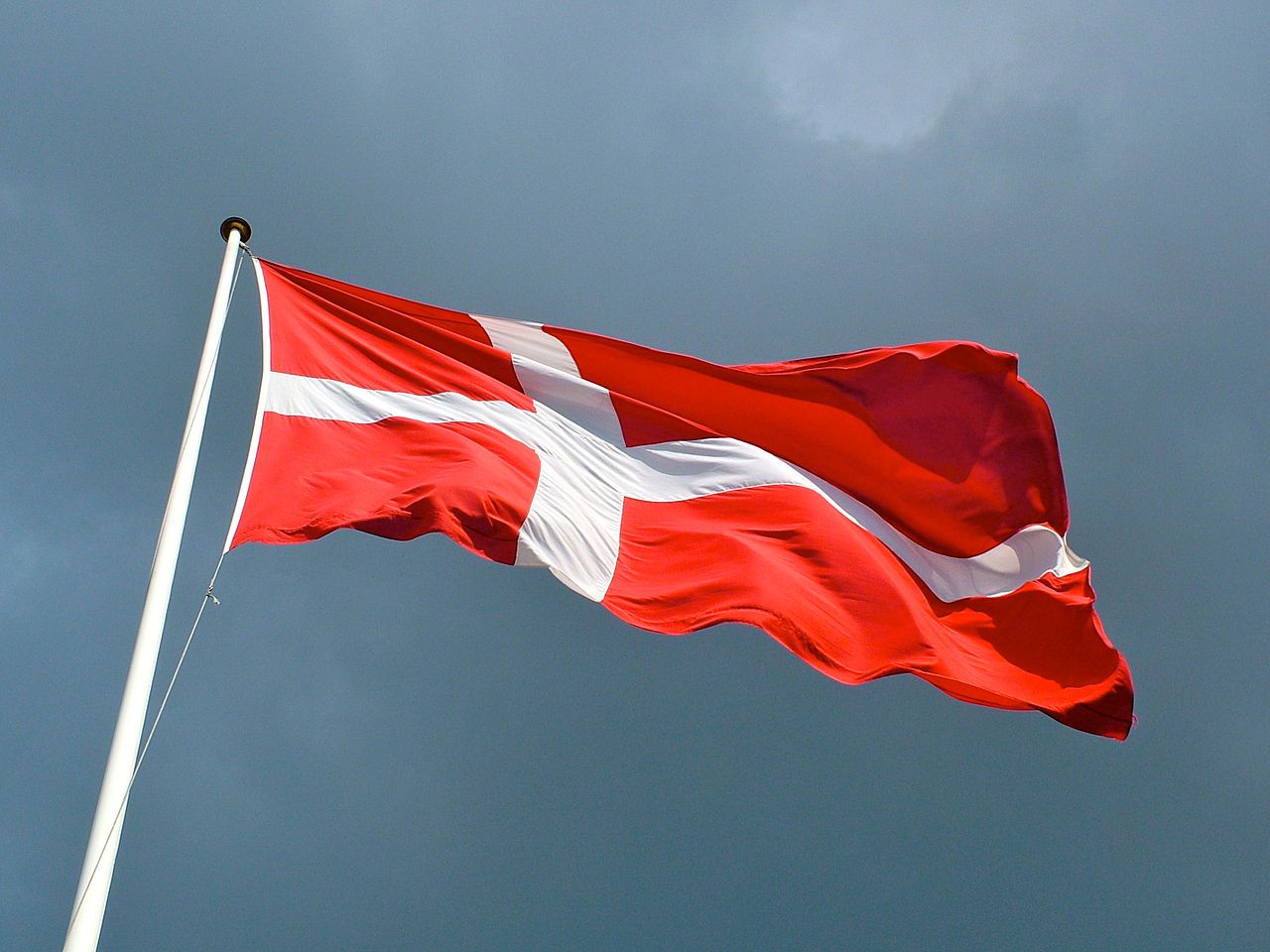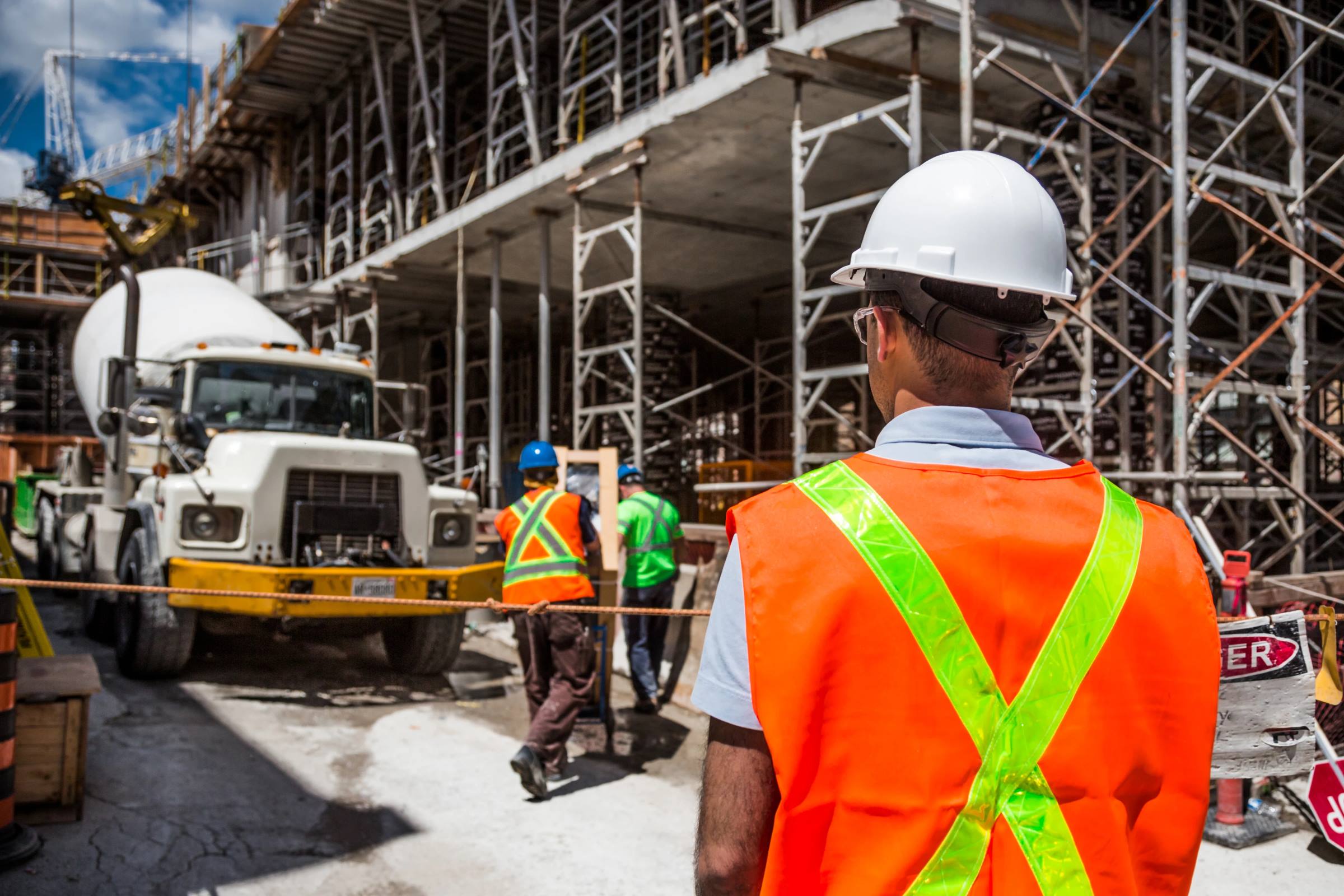If you have been on a beach at night this summer, you may have observed a fascinating phenomenon: As the waves break, the dark water suddenly lights up in a blue or blue-green glow.
In Danish, this is called morild and it’s a mesmerising example of bioluminescence that appears along Denmark’s coasts.
But why does it happen and where can you see the glowing waves yourself?
The science behind the glow
The reason for the seemingly magical phenomenon has less to do with magic and more to do with a specific kind of algae – more precisely, tiny spherical organisms called Noctiluca scintillans.
Even though, it is not the only kind of algae that can produce light, it is the most common type in Denmark and the rest of the northern European, explains Catharina Cecilie Marcussen, of the Øresundsakvariet (Øresund Aquarium).
The Øresundsakvariet is a smaller saltwater aquarium and part of the Department of Biology at the University of Copenhagen.
If the Noctiluca algae are disturbed, for example when a wave breaks or someone swims in it, they start to glow.
The light is created by chemical reaction between a substance called luciferin, the enzyme luciferase and oxygen. This process is called bioluminescence, which describes the production and emission of light by living organisms. The produced light is also a so called “cold light”, because the process generates almost no heat.
Algae aren’t the only organisms that can produce light, bioluminescence occurs widely among animals and plants. A popular animal that uses bioluminescence is the firefly, but most bioluminescent organisms can be found in the ocean, such as fish or bacteria.
Especially in the deep sea, bioluminescence is relatively common and used to attract partners, to lure prey or ward off enemies. In the case of the algae, it is still unknown why exactly they produce the light, notes Marcussen.
Besides the Noctiluca algae, there could be other organisms responsible for lighting up the dark in Denmark.
In the summer of 2018 for example, there was a very high algae bloom of the algae Lingulodinium polydra, which also can produce the bioluminescent blue light, though through a different process, explains Marcussen.
Another organism that makes the bioluminescent light in the late summer in Denmark is the comb jelly (Mnemiopsis leidyi), which Marcussen describes as looking like stars in the water.
These strange organisms that light up the beach at night make for all the more reason to take an evening stroll along the Danish coast.
When and where can you see morild?
If you want to experience morild in Denmark, the best chances are in the late summer, due to the warm water temperatures and the overall good conditions.
Longer periods of warm weather and water temperatures between 18-20 degrees are ideal for the bloom of the algae.
“The warmer the water, the more the algae will reproduce,” says Marcussen. “The higher the concentration of algae in the water the higher the chance of seeing the beautiful blue light.”
You might even be able to experience the magical blue light up close. According to the science center Experimentarium and the Danish Environmental Protection Agency, the algae are not poisonous, so it may be possible to bathe in the water when the algae are present.
But since there can also be bacteria present, it is recommended to take a bath after swimming in the water. The Danish Environmental Protection Agency advises to follow the bathing tips provided by Rådet for Større Bade- og Vandsikkerhed.
According to Marcussen, August and September are the months with highest chance of morild in Denmark. At least for now.
“There is a good chance that the environmental changes could have an impact on morild in the future”, explains Marcussen. As the algae thrives in warmer water, it is possible, that morild can be seen earlier in the year in the future.
Fjords like the Roskilde Fjord are a good place to see the fascinating phenomenon due to the calm water, warm temperature and good conditions for the algae to reproduce, adds Marcussen.
Some years, there have also been good displays of morild on the North coast of Zealand. Overall, the best places to see the glowing water are close to the coastal areas and fjords.
So with a bit of luck, a late-night visit to the Danish coast may offer a chance to see this fascinating natural phenomenon.

